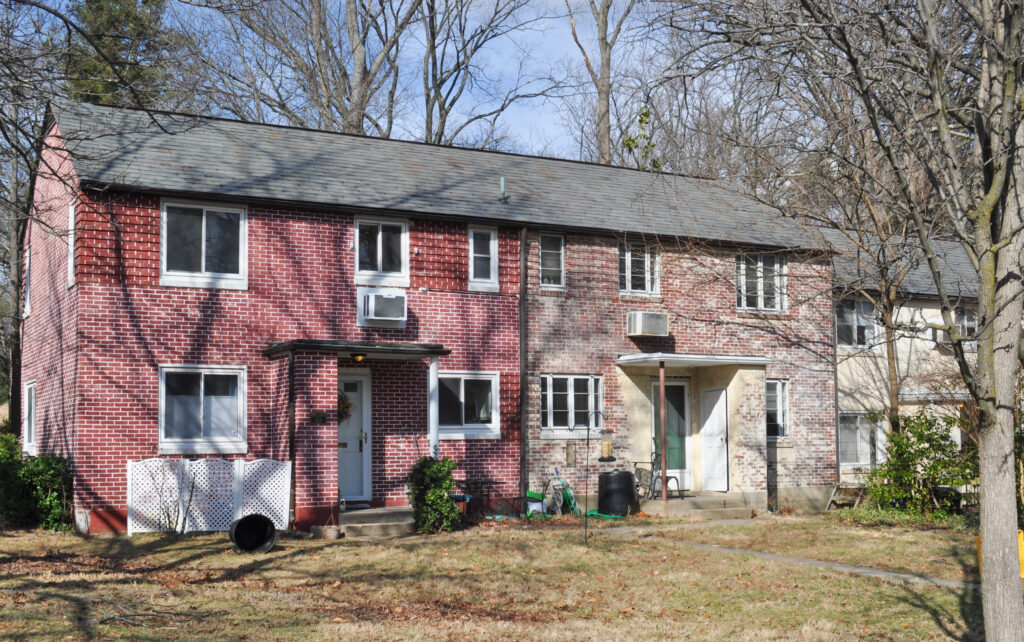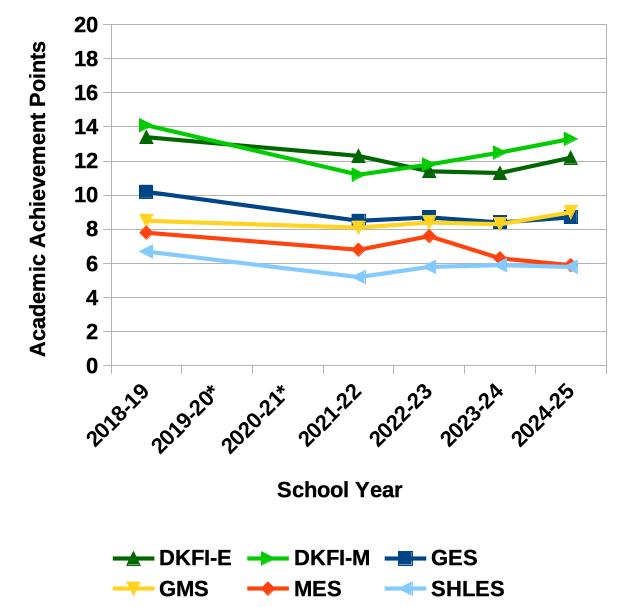On October 21, the Greenbelt Museum hosted an online lecture about Aberdeen Gardens, a national historic district located in Hampton, Va. This neighborhood was built for and by African Americans in 1934. Aberdeen Gardens was a planned, New Deal community designed for the relocation to better housing of African American workers from the Newport News and Hampton areas of Virginia. Margaret Wilson, a resident of Aberdeen Gardens and local historian, told participants, “Aberdeen Gardens remains a close community to this day, we take care of each other.” Wilson described a community proud of its historical roots and legacy based upon a shared reliance on one another, the shelter of its residents and the desire to help members succeed. Aberdeen Gardens is celebrating 84 years as a Black community and, as president of the Aberdeen Historical Association, she hopes to promote awareness and appreciation for the contributions of the residents of Aberdeen Gardens.
Originally named Newport News Homesteads, the housing development of Aberdeen Gardens was initiated by Hampton Institute, now Hampton University, by securing a federal grant of $245,000 in 1934 to create the housing development. Hilyard Robinson, a Black architect from Howard University, designed the neighborhood and Charles Duke, another Black architect, was
chosen to manage the construction. Aberdeen Gardens consisted of 158 brick homes on one-half-acre lots with large gardens for growing fruits and vegetables. The homes had hardwood floors, indoor plumbing and heating, front and back porches, and garages. Residents initially moved in as renters and then were able to purchase their homes ranging in price from $1,800 to $3,300 depending on the size of the home.
The Resettlement Administration was a New Deal federal agency created to relocate struggling urban families to planned communities such as Aberdeen Gardens. African American workers in the shipyards and railroads, and fishermen working on the docks in Newport News and Hampton quickly sought membership and became its first residents. Wilson reported that, at that time, Aberdeen Gardens was so attractive that the local newspaper opined that the community should be turned over to White workers. An appeal went out to Eleanor Roosevelt, who visited the community in 1938, and she was able to stop this effort.
An elementary school was built for the Aberdeen Gardens children and Black children from the surrounding area. At night and on the weekends, the school was used as a community center, hosting meetings, clubs and Sunday school. The seven streets within the community are all named for prominent African Americans. The town had its own baseball team called the Rattlers, named for the snakes that inhabited the nearby creek.
According to Wilson, her grandparents were one of the first families to move into Aberdeen Gardens, doing so on November 1, 1937. Wilson, who lived with her grandparents, attended the local elementary school where she reported that she learned “a different history” from what had been previously taught. She learned about the White Lion, an English slave ship that landed at Point Comfort in 1619, and how slaves built Fort Monroe on Point Comfort in 1830. Wilson described learning about how escaped slaves fled to Fort Monroe to seek refuge during the Civil War and how these slaves were declared “contraband,” with federal troops refusing to return them to the Confederates. Wilson told participants many heartwarming stories about her time growing up in Aberdeen Gardens and she recounted how “the mailman would pick up medicine for residents and there was a woman who fetched her husband from the beer garden in a wheel barrow.” Wilson fondly recalled when they discovered that their quiet neighbor was a Tuskegee Airman.
Wilson is working hard to keep Aberdeen Gardens history alive and has hopes that young people will become interested and want to continue this wonderful rich legacy. “Pride still exists in the community, people are still living in the homes they grew up in, some who go away to college come back to live and most of the current residents are people descended from the original residents,” said Wilson. She is optimistic that the community will continue to thrive well into the next generation.



